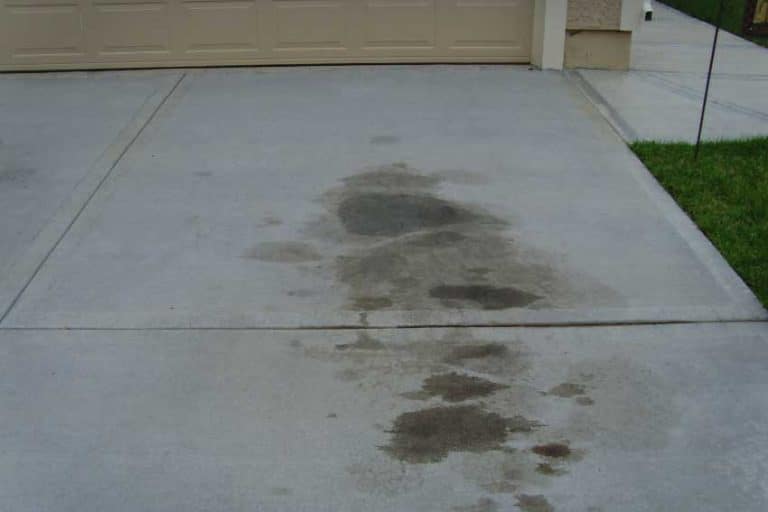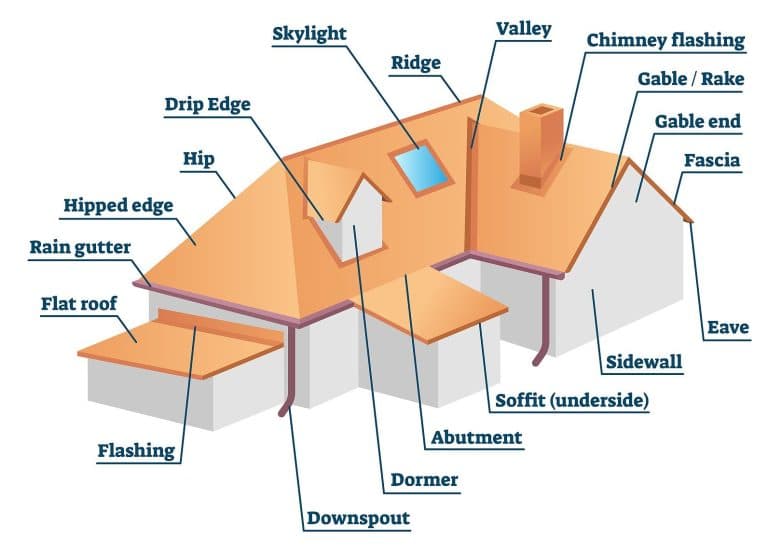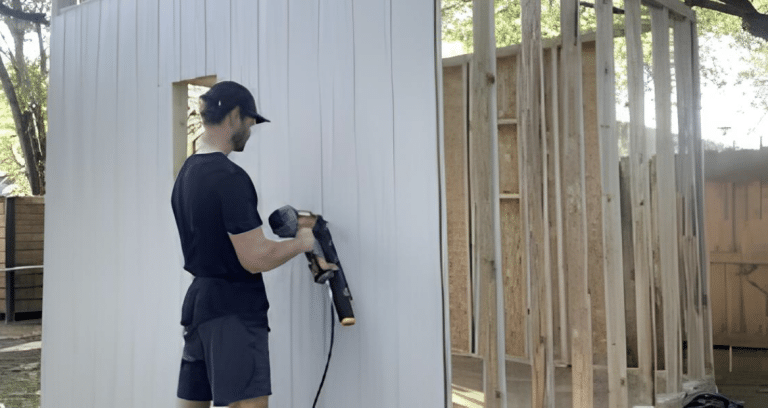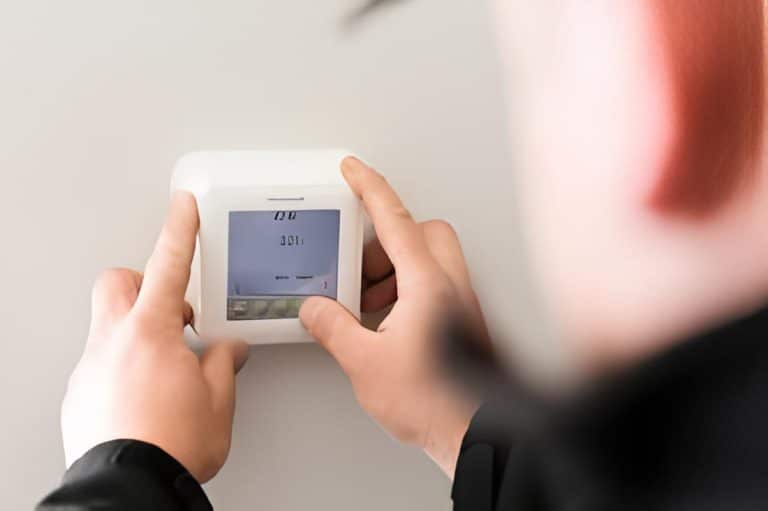How to Handle Outlet Issues When GFCI Won’t Reset After Rain
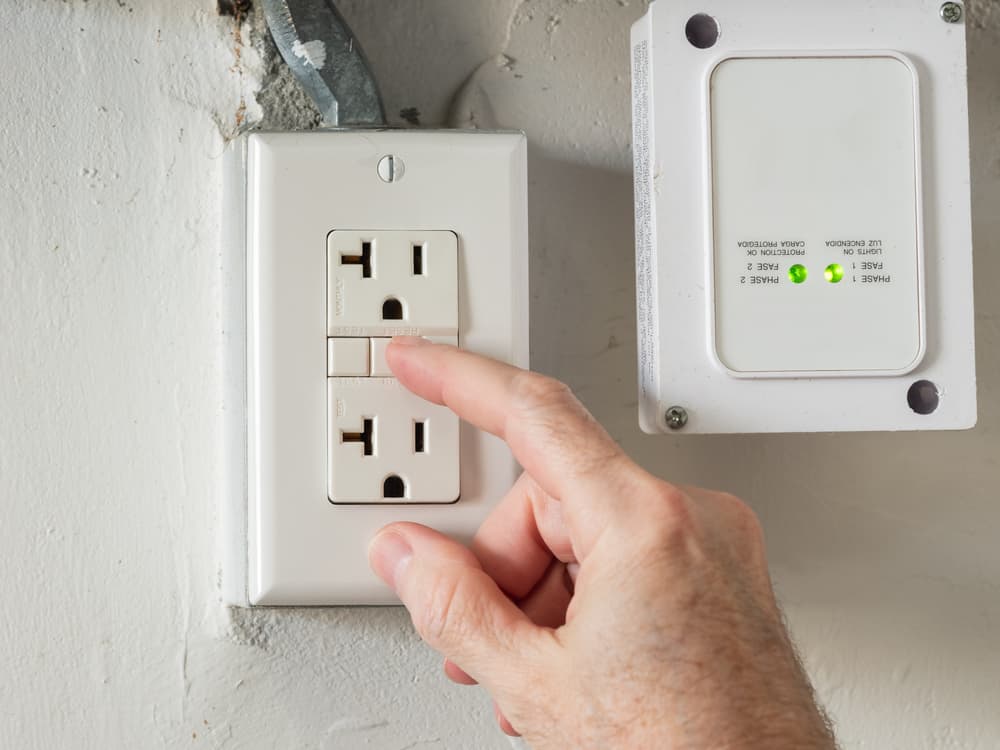
If you’ve ever had trouble with your GFCI outlet not resetting after it rains, then you’re not alone. Many people face this issue, and there are simple solutions you can try before calling an electrician.
GFCI (Ground Fault Circuit Interrupter) outlets are essential for electrical safety, especially in areas exposed to moisture, like bathrooms, kitchens, and outdoor spaces. These outlets automatically shut off the power when they detect any abnormal electrical flow, protecting you from shocks.
Rainwater can sometimes get into the GFCI outlet, causing it to stop working properly. When this happens, the GFCI won’t reset, leaving you without power in that specific circuit.
We’ll show you some basic steps to examine and fix the issue of a GFCI outlet that won’t reset after rain. You don’t need to be an expert in electrical systems to try these methods.
With a little patience and caution, you can get your GFCI outlet back to normal functionality in no time.
What to Do if Your GFCI Outlet Won’t Reset After Rain
1. Restore Power and Reset the GFCI
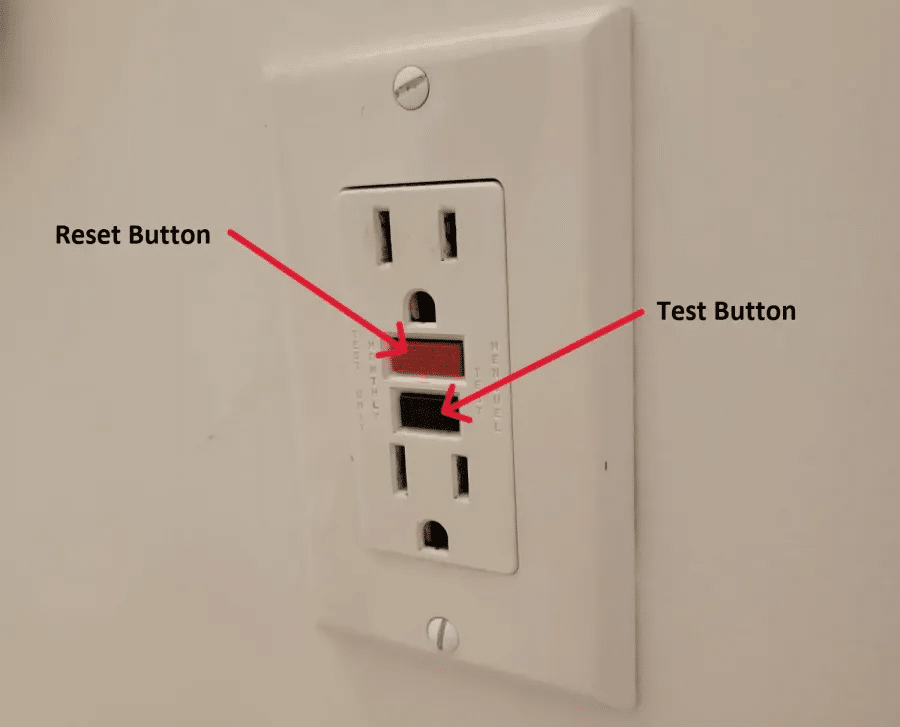
Suppose your GFCI outlet won’t reset after getting wet in the rain; here is what you should do; you should make sure that there’s power going to the outlet.
Check your circuit breaker or fuse box to see if the breaker for that outlet is turned on. If it’s off, just switch it on. Try to reset the GFCI tester again. Remember, the GFCI won’t reset if there’s no power flowing to it.
By checking the circuit breaker by the GFCI outlet tester and turning it on if needed, you can make sure the outlet has the power it needs to work properly. This simple step might be all you need to get your GFCI outlet back to normal.
If the issue continues even after doing this, it’s best to seek help from a qualified electrician to avoid any electrical hazards. But most of the time, this quick check will do the trick and get your GFCI outlet working again after getting wet.
2. Examine Other Outlets on the GFCI Circuit
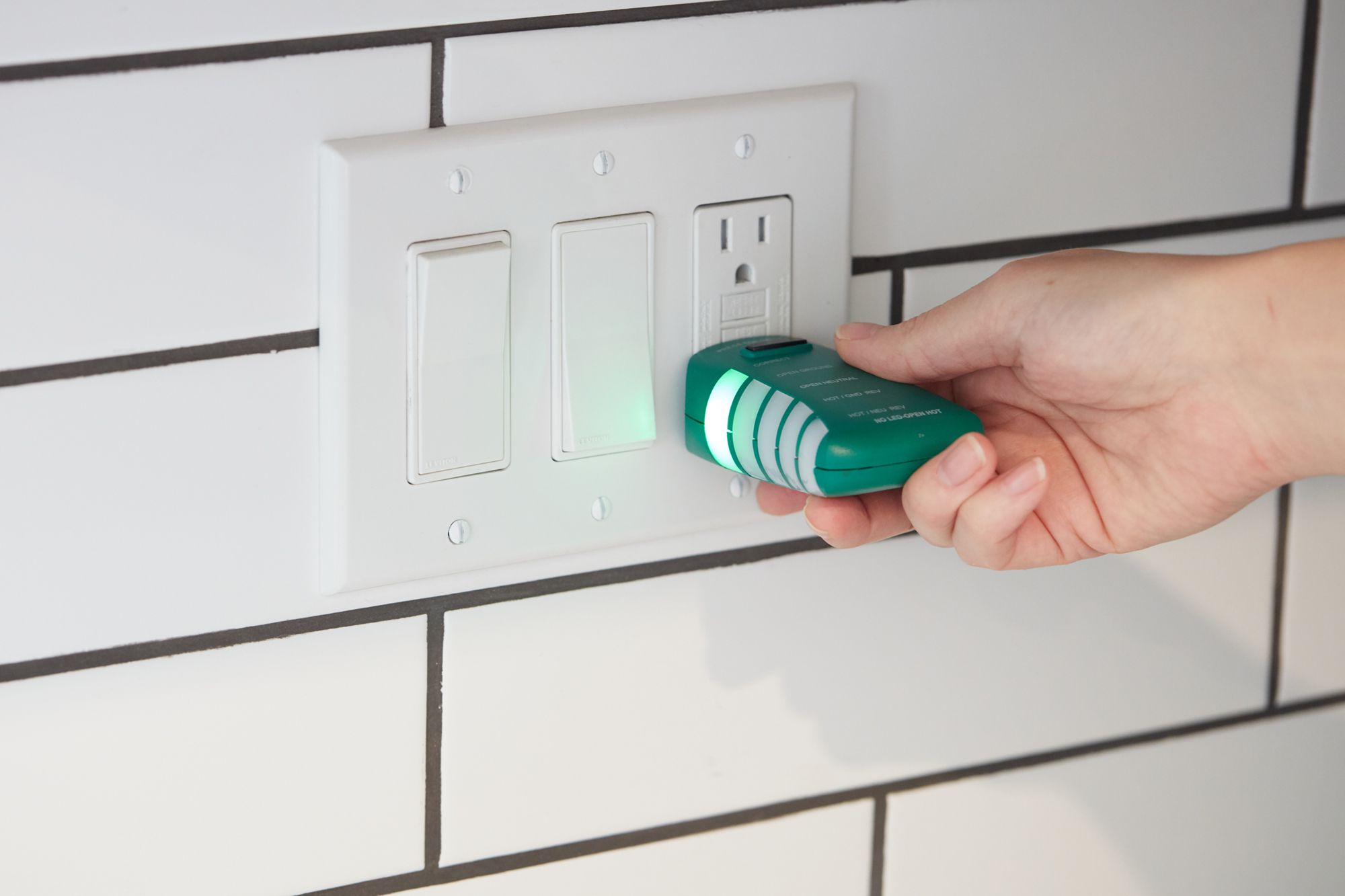
There might be a simple reason why your GFCI won’t reset. Sometimes, the problem is caused by another outlet on the same circuit. Here’s what you can do to solve the issue. First, check all the outlets connected to the GFCI circuit.
Make sure they are working correctly. Sometimes, a faulty outlet can stop the GFCI from resetting. If you find any outlet that is not working properly, fix the problem first before trying to reset the GFCI. It could be due to a broken outlet or some other issue.
Once you’ve taken care of any problems with the other outlets, try using a Wire Connectors Kit to ensure secure connections. Then, reset the GFCI again by pressing the “reset” button and see if it works. If the GFCI still doesn’t reset even after checking the other outlets, then there might be a bigger problem.
3. Inspect Wiring for Faulty Connections
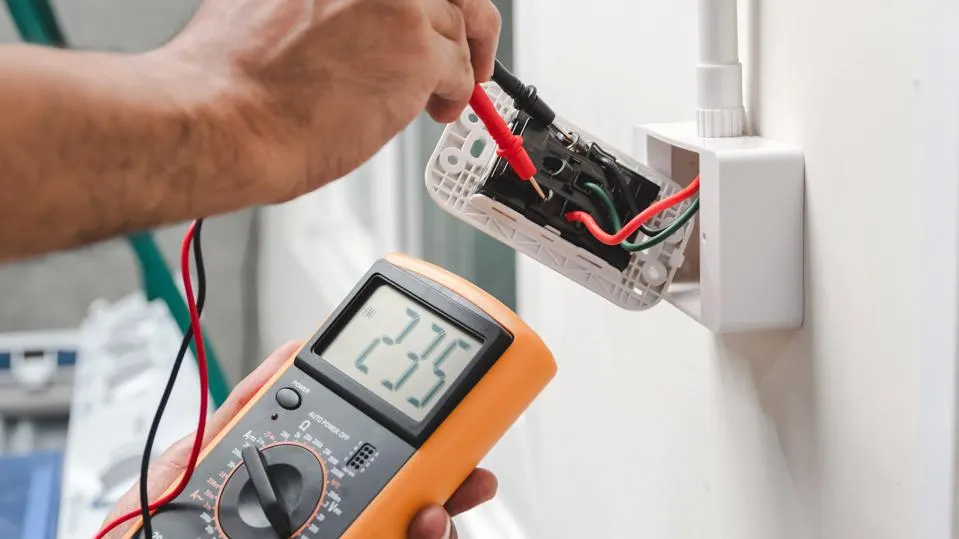
Your GFCI won’t reset, maybe because of loose or faulty wiring. You can fix it yourself easily. First, turn off the power to stay safe. Then, check the wires connected to the GFCI outlet. Make sure all the screws, connections, and wire joiners are firmly attached using the Cordless Screwdriver Set. If you find any loose parts, tighten them properly.
By doing this simple check and fixing any issues, you can get your GFCI working again and ensure safety in your electrical system. Don’t forget to turn off the power before working with electrical components.
Always do not try to touch the uncovered wires as they may give you an electric shock which can be dangerous. If you do not have electrical knowledge, then you should consider only inspecting the wires from a distance. Make sure to always cover or replace the uncovered wires for safety purposes.
4. Allow the Outlet to Dry Overnight
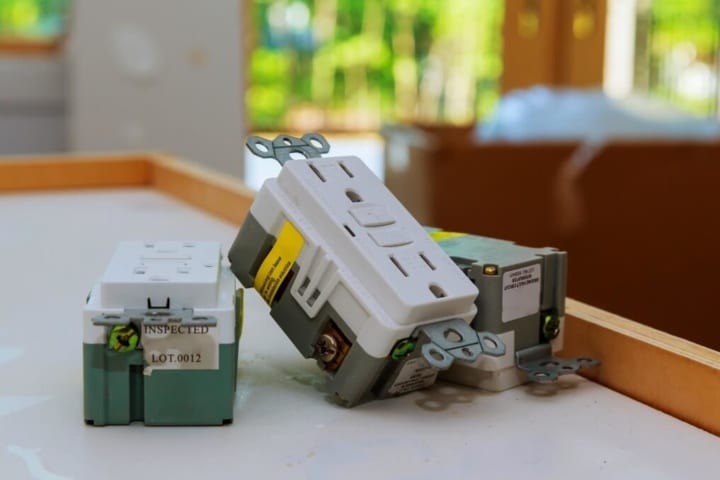
After the rain, the GFCI outlet might get wet, and it might stop working. For safety, let it dry overnight before trying to reset it. When water gets inside, it can cause problems with the electricity and might lead to accidents.
So, it’s essential to let the outlet dry completely to lower the chance of any electrical issues. If you find that your GFCI won’t reset, it’s probably because it’s still wet inside.
So, don’t rush and give it time to dry properly. Once it’s dry, you can try resetting it again, and it should work fine. A weatherproof outlet covercan provide extra protection to prevent such issues in the future.
Using these types of protections is very helpful because, on rainy days, most of the outlets get damaged because they are uncovered. Protection should always be the priority for anyone.
5. Consult an Electrician for Complex Issues
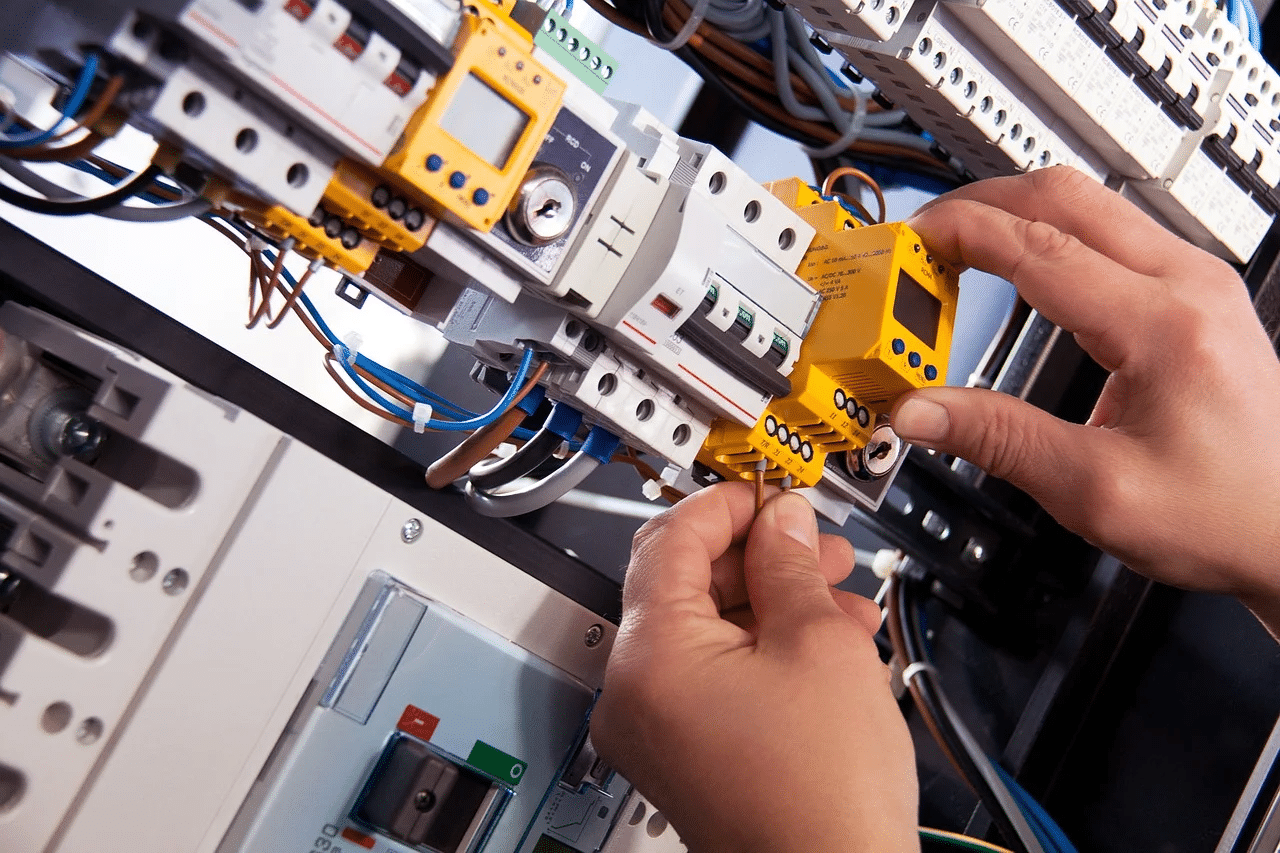
If you’ve tried the above steps and the GFCI won’t reset, there might be more complex electrical issues at play. In such cases, it’s best to seek professional help. Contact a licensed electrician to find and fix the problem safely.
If the outlet won’t reset, it’s a sign that something might be wrong with your electrical system. But don’t worry; you don’t need to be an expert to handle this. First, unplug all the devices connected to the GFCI outlet. Then, try pressing the reset button again.
A surge protector power strip is an important safety device that protects you from electric shocks. If you find one that’s not in its usual position, flip it back to the “on” position.
After that, try resetting the GFCI again. If still, the GFCI won’t reset, it’s time to call a licensed electrician. They have the knowledge and experience to identify and fix complex electrical issues.
6. Verify Power Using a Circuit Tester
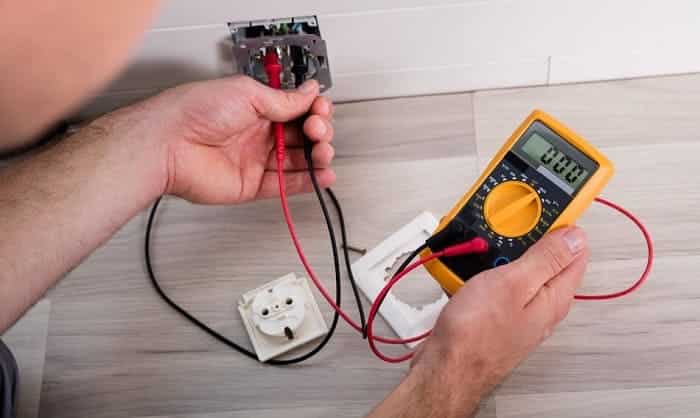
Start by checking if there’s power coming to the GFCI outlet. Use a circuit tester for this. The circuit tester will tell you if the electricity is flowing properly. If the tester shows there’s no power, there might be an issue with the electricity.
Sometimes, a tripped breaker can make the GFCI stop working. If you find a fallen breaker, reset it by turning it off and then on again. Once you reset the breaker, see if the GFCI will reset as well. If the GFCI still won’t reset and the breaker keeps falling, or the circuit tester still shows no power, don’t try to fix it yourself.
Checking the electricity supply can be dangerous, and you might get hurt or cause damage. So be careful while doing any electrical work. Professionals always suggest people use a circuit tester while testing the power supply because it ensures the safety of the user.
As we know, electricity is not a thing that should be taken lightly. So, please ensure that you are taking the required precautions before dealing with electricity.
7. Check for Tripped Breakers
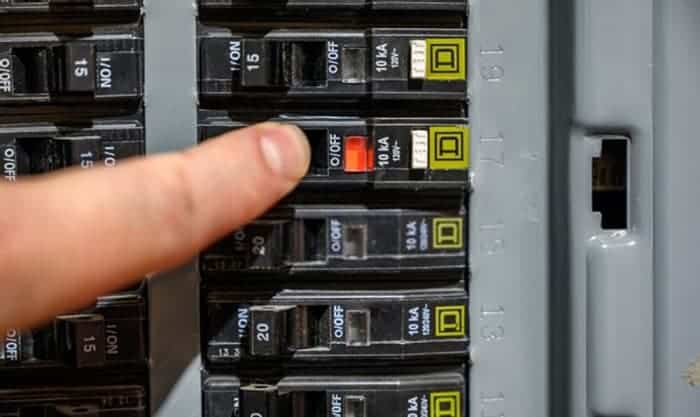
First, find your breaker panel, which is usually a gray or metal box in your home. Open it and look for any switches that are turned off. If you see any switches turned off, that might be the reason for the problem.
Sometimes, when too much electrical power is used, the circuit breaker trips to protect the wiring from damage. After that, try resetting your outlet again. If GFCI doesn’t reset, then press the “reset” button on the GFCI. If it stays in place, the problem is fixed, and your GFCI should work fine.
Remember, GFCI outlets are important for your safety as they protect you from electrical shocks. It’s important to make sure they work correctly.
By checking your breaker panel and resetting any tripped switches, you can often fix the problem easily without needing complicated solutions or professional help. You should always use cable management clips to manage all the wires in the outlet.
8. Disable the Circuit Breaker Linked to The GFCI
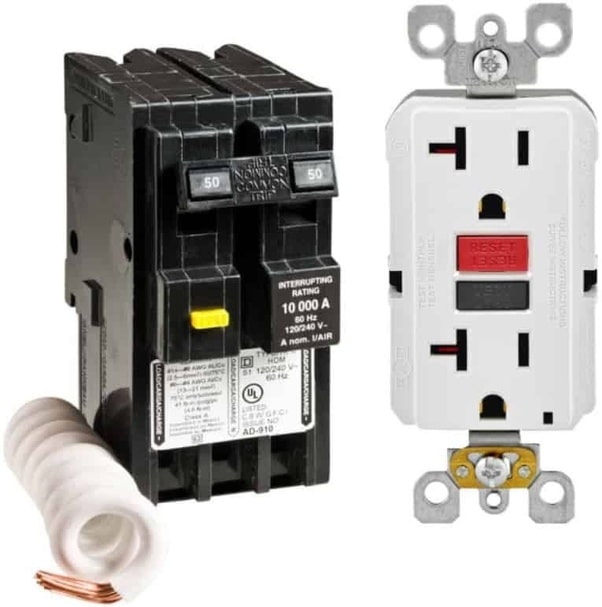
Before you start working with the GFCI outlet, it’s essential to make sure you turn off the circuit breaker that’s connected to it. This simple step is crucial for your safety when dealing with electrical stuff.
The reason we turn off the circuit breaker is to prevent any electrical flow to the outlet while we work on it. The GFCI outlet can protect us from electrical shocks, but it’s still a good idea to be cautious and follow safety measures and use a circuit breaker lockout kit.
First, try pressing the reset button softly. If that doesn’t work, press the “test” button and then try to reset it again. If the GFCI doesn’t reset, there may be a problem with the wiring or the GFCI itself.
In this case, it’s best to seek help from a qualified electrician to avoid any risks or further issues. Always turn off the circuit breaker before working on any electrical outlet, and if you encounter any problems with the GFCI, don’t hesitate to ask for professional assistance.
9. Remove Moisture from The GFCI Outlet
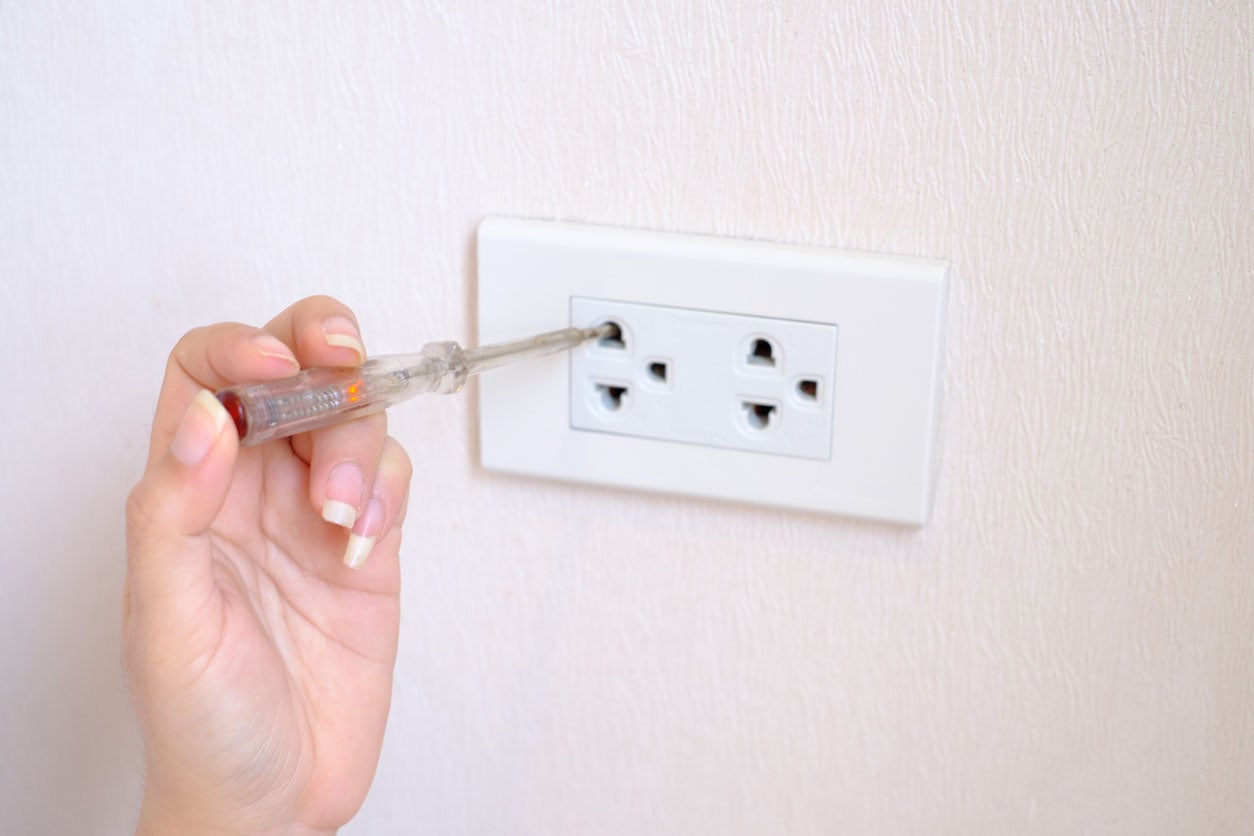
If the outlet is still wet, try this simple trick to dry it out safely. You’ll need a battery-operated hairdryer for this. Just make sure to keep the hairdryer a safe distance away from the outlet to prevent any damage to its plastic or wire covering.
Also, if you’re having trouble resetting a GFCI outlet, here are some steps you can follow. If the GFCI won’t reset, there might be an underlying issue with the circuit, and it’s best to seek the help of an electrician.
Electricity can be dangerous, so it’s essential to take the proper precautions and not attempt any repairs beyond your expertise. Remember, safety should always come first when dealing with electrical outlets and circuits.
Using a hairdryer can be pretty easy for anyone who does not have electrical knowledge. Hence, it’s better to use a hair dryer to dry off the moisture before calling an electric expert, and if it doesn’t work, then you should consider calling a certified electrician.
10. Addressing Loose or Bad Connections
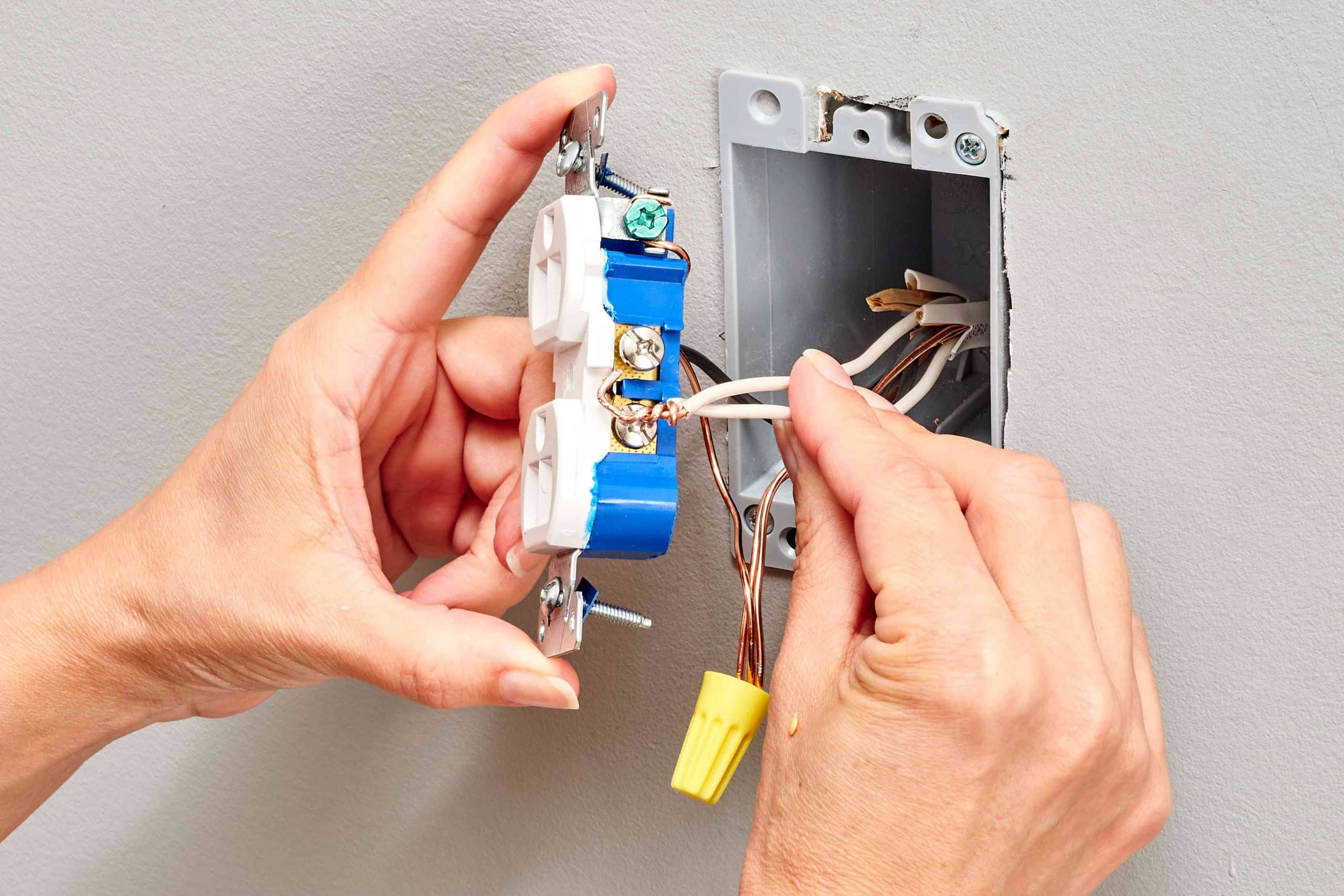
If your GFCI doesn’t reset, there might be some simple issues causing it. Loose parts or bad connections can stop the GFCI from working properly.
So, here’s what you can do to fix it: Check the terminal screws, stab-in connections, and wire connectors. Make sure they are tightly connected and secure. If you find any loose components, tighten them up properly.
By doing these easy checks and fixes, you can get your GFCI working again. It’s important to keep these connections secure so that the GFCI can do its job of protecting you from electrical risk.
Remember, the GFCI is an essential safety device, and it won’t reset if there are loose parts or bad connections. Take a few minutes to inspect and fix any issues, and your GFCI should be back to normal in no time. Stay safe and keep your electrical system in good shape. And check if the voltage is flowing through the wires by the voltage tester.
Conclusion
All in all, you can address the issue without being an electrical expert with the simple steps we’ve discussed. Checking the terminal screws, stab-in connections, and wire connectors for tightness is the first easy step.
Make sure everything is secure. If you find any loose components, tighten them up properly. This alone might solve the problem. However, if the GFCI doesn’t reset yet, don’t worry. You can use a voltage tester to investigate further. This small tool helps you identify any electrical issues.
By following these easy methods, you can get your GFCI outlet back in working order and restore electrical safety in areas exposed to moisture.
Always remember that dealing with electricity requires caution, so if you’re not sure or find a more complicated problem, don’t hesitate to seek professional help. In any case, you’ve now learned how to resolve the “GFCI won’t reset” problem after rain.
Ensuring your GFCI works properly is important for your safety and the protection of your electrical devices.
Stay informed, stay safe, and keep your electrical system in good shape.

